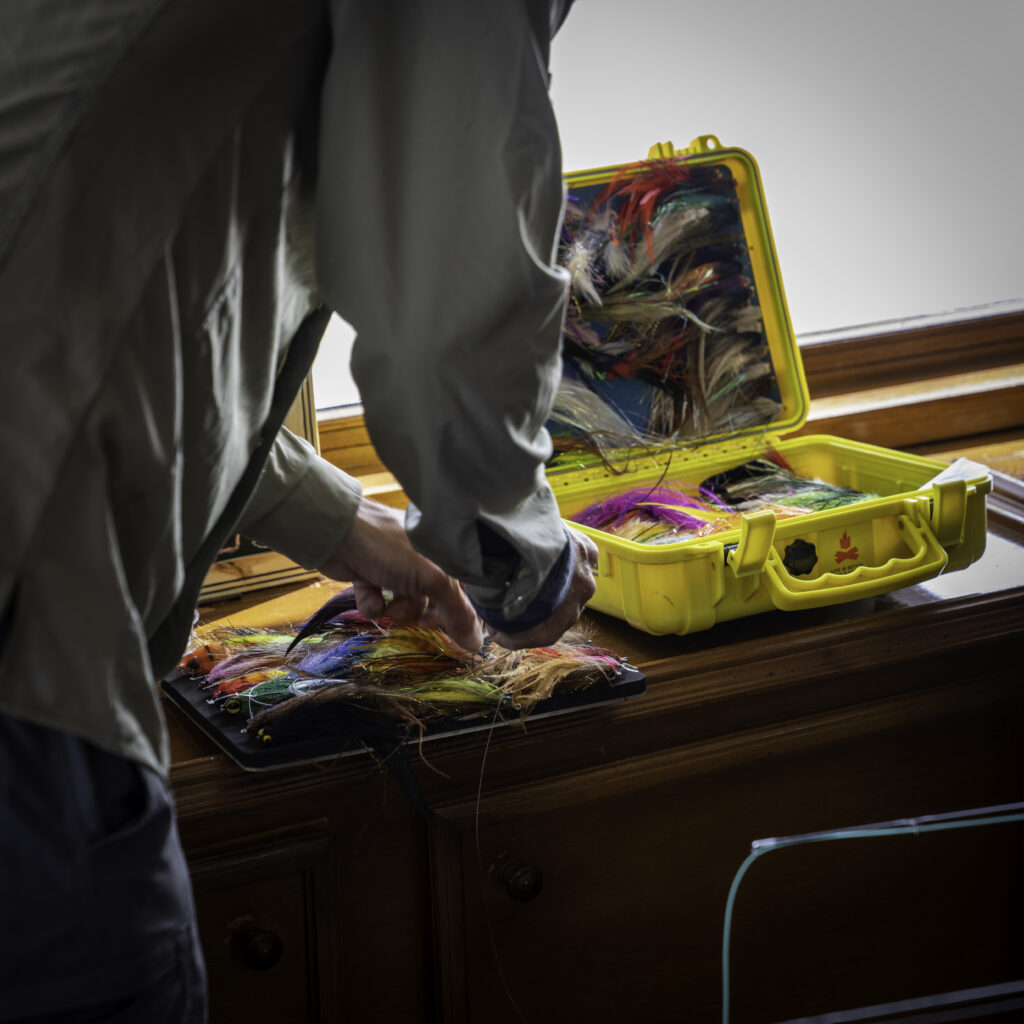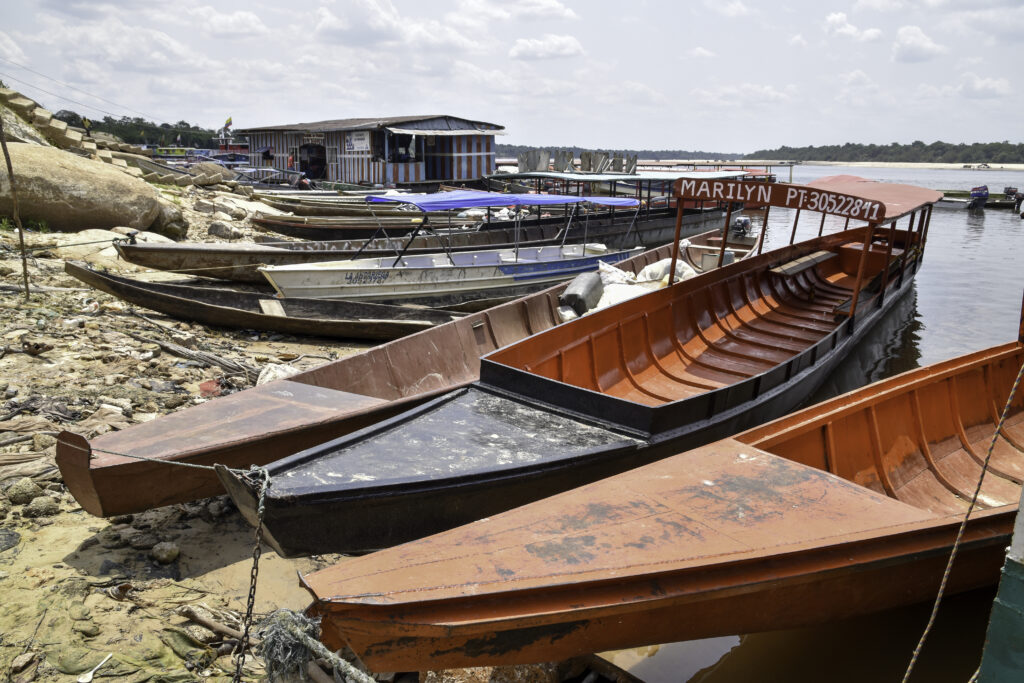Tips for the Traveling Angler
By Ryan Sparks, Associate Editor
Like the Boy Scouts, the traveling angler’s motto is “Be Prepared.” Yet, knowing exactly how to prepare for trips to far-off, unfamiliar fisheries can be difficult.
Some itinerant anglers use a spartan strategy and bring only what they anticipate needing and nothing more. Others utilize a better-to-have-it-and-not-need-it approach and overpack to ensure they are prepared.
Justin Witt of Hemispheres Unlimited has traveled the globe, fishing, guiding and exploring angling destinations from Patagonia to Kamchatka to develop his catalog of fishing programs. In the process, he’s experienced everything fishing travel can throw at you. Here are his tips for making the most of your angling pursuits.

COMMUNICATE WITH YOUR OUTFITTER
Witt is a wealth of knowledge when it comes to fishing, and many of his tips concerning travel fall under the larger umbrella of communicating with your lodge or outfitter. Many outfitters send pre-trip information materials.
“Way too often people don’t read through the pre-trip information,” said Witt, “This can get them in trouble.”
“For instance, in Argentina you can’t bring fishing equipment in your carry-on bag. This has caused missed flights when people have to go back to check their bag,” said Witt.
It’s best to book the initial flight with your preferred airline but book any internal flights with the outfitter’s suggested travel agent. These agents have an in-depth knowledge of their country’s specific booking process as well as things like transfer times and flight schedules.
Outfitters are a resource that can provide information on everything from equipment to ground transportation to how much tip money to bring. Use their knowledge to the fullest extent.

It’s hard to know what you’ll need on a far-away fishing adventure. That’s especially true when the weather or other factors throw you a curve and the plans change. Make a plan but be flexible.
SITUATION SPECIFIC PACKING
Be aware of baggage-weight limits.
If you are piling into a de Havilland Beaver in Alaska, the pilot is going to be really strict on weight limits. But in most countries, being 10 or more pounds over the weight limit is just a small fee. Anglers should really understand weight limits and what the penalties are before they fly.
In situations where weight is strictly limited, such as in bush planes or helicopters, prioritize safety first.
“If there are firm weight limitations, that probably means you are headed somewhere remote,” said Witt. “In that case it is more important to pack a wader repair kit, extra layers and twice the amount of personal medications than you would normally need rather than an extra reel or box of flies.”
On domestic flights, it’s not a bad idea to overpack, even when there are penalties for an overweight bag.
“The outfitter will tell you if you need to leave things at the lodge,” said Witt. “Otherwise take everything you can. What happens a lot is we plan to fish one area, but then the weather changes and we decide to move to a different river. Instead of throwing an 8-weight with a sinking line, now we are using 5-weights with floating lines. It never hurts to take more than you think you will need if you can get away with it.”
In many instances, you can fit more gear in your bag than you think. By packing multi-piece rods tip-to-butt, you can usually fit two rods in one rod tube. If not, it’s simple to make your own rod tubes from PVC or ABS pipe. Lastly, wrap duct tape around rod tubes for when you need it.

PREPARATION INVOLVES MORE THAN GEAR
Most anglers focus solely on gear when they are preparing for a trip and overlook other things that are arguably more valuable. It is one thing to have the proper gear and another to know how to use it.
If you are traveling in search of the fish of a lifetime, it only makes sense to carve out time to practice your casting. Depending on your situation, that might be in a neighborhood park or using it as an excuse to hit the local lake or river.
Keep in mind not all practice is the same. Some trips require repetitive, long casts to cover as much water as possible, while on others you might only make a handful of casts per day, but those casts need to be extremely accurate. Think about your specific trip and practice accordingly.
Also develop a basic understanding of the local language. This will give you a way to communicate with your guide or transport driver. If nothing else, download Google Translate for offline use. This will allow you to convert text to speech anywhere in the world whether that’s “what color fly should I use?” or “I need to go to the bathroom.”
Keep these tips in mind and you will be well on your way to enjoying your next fishing adventure. Prepare the best you can, keep an open mind and enjoy the journey. That’s what fishing and travel are all about.

